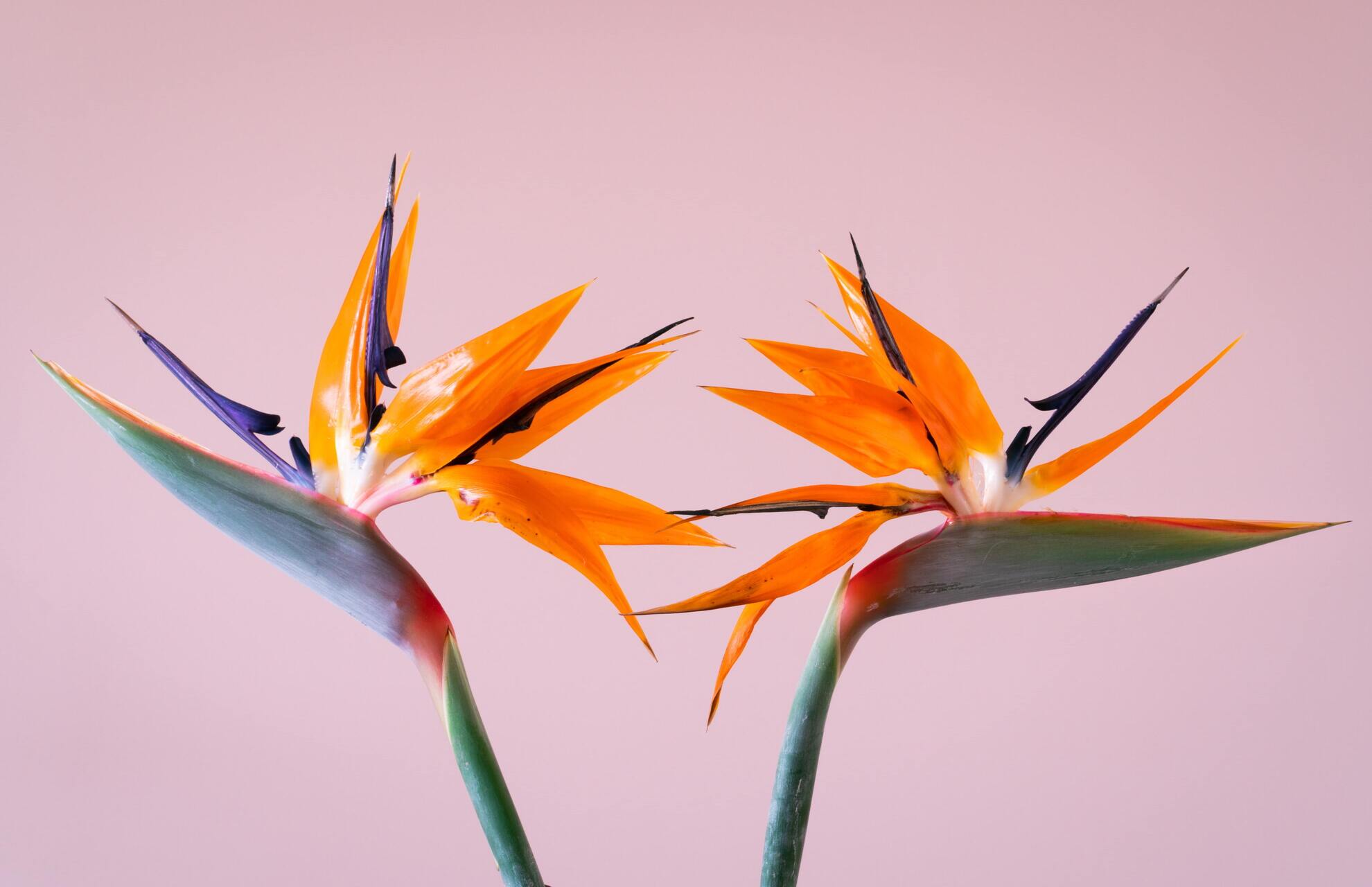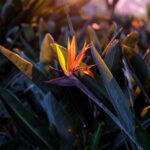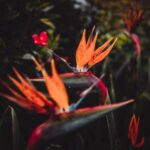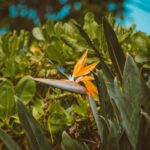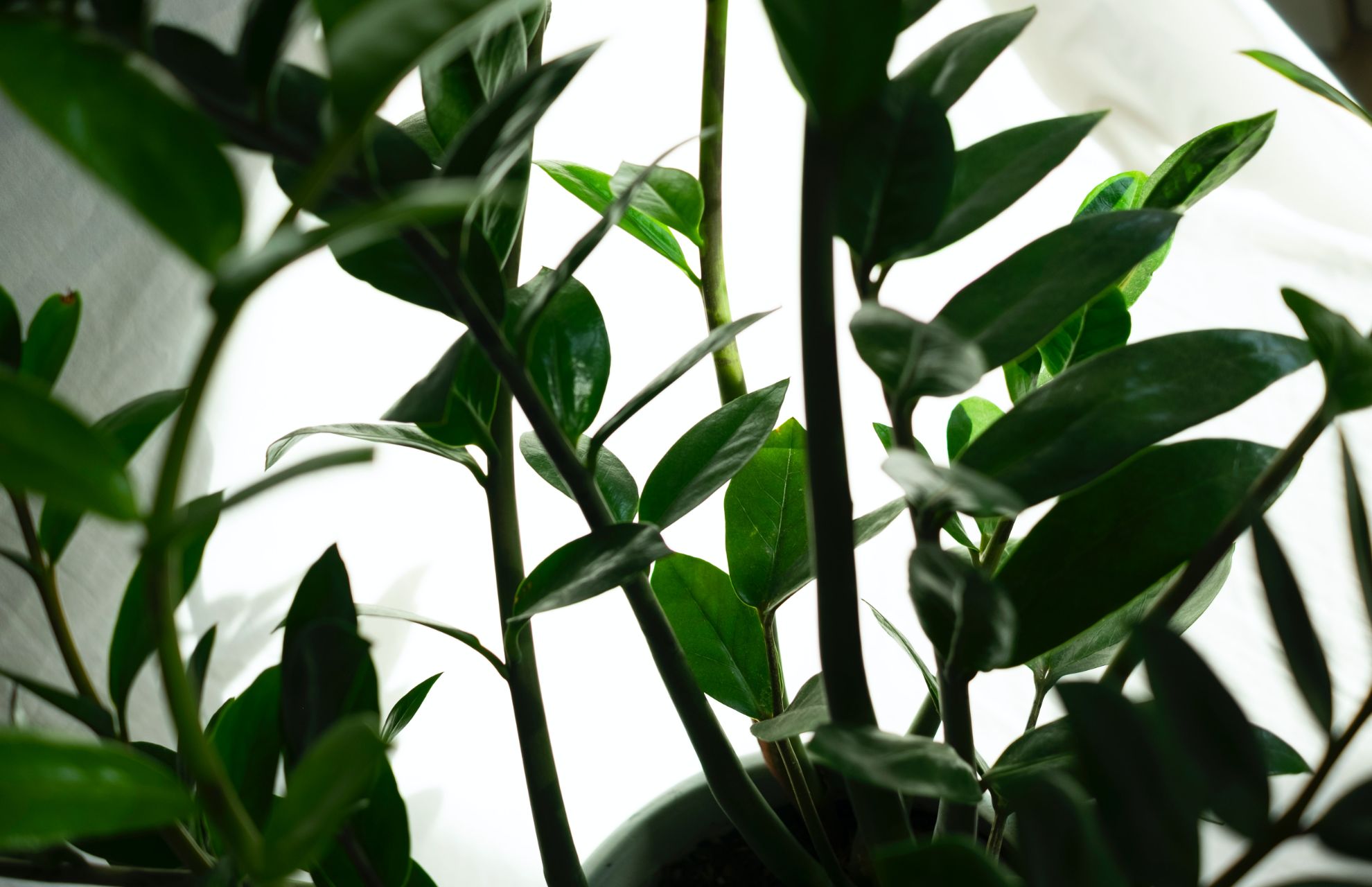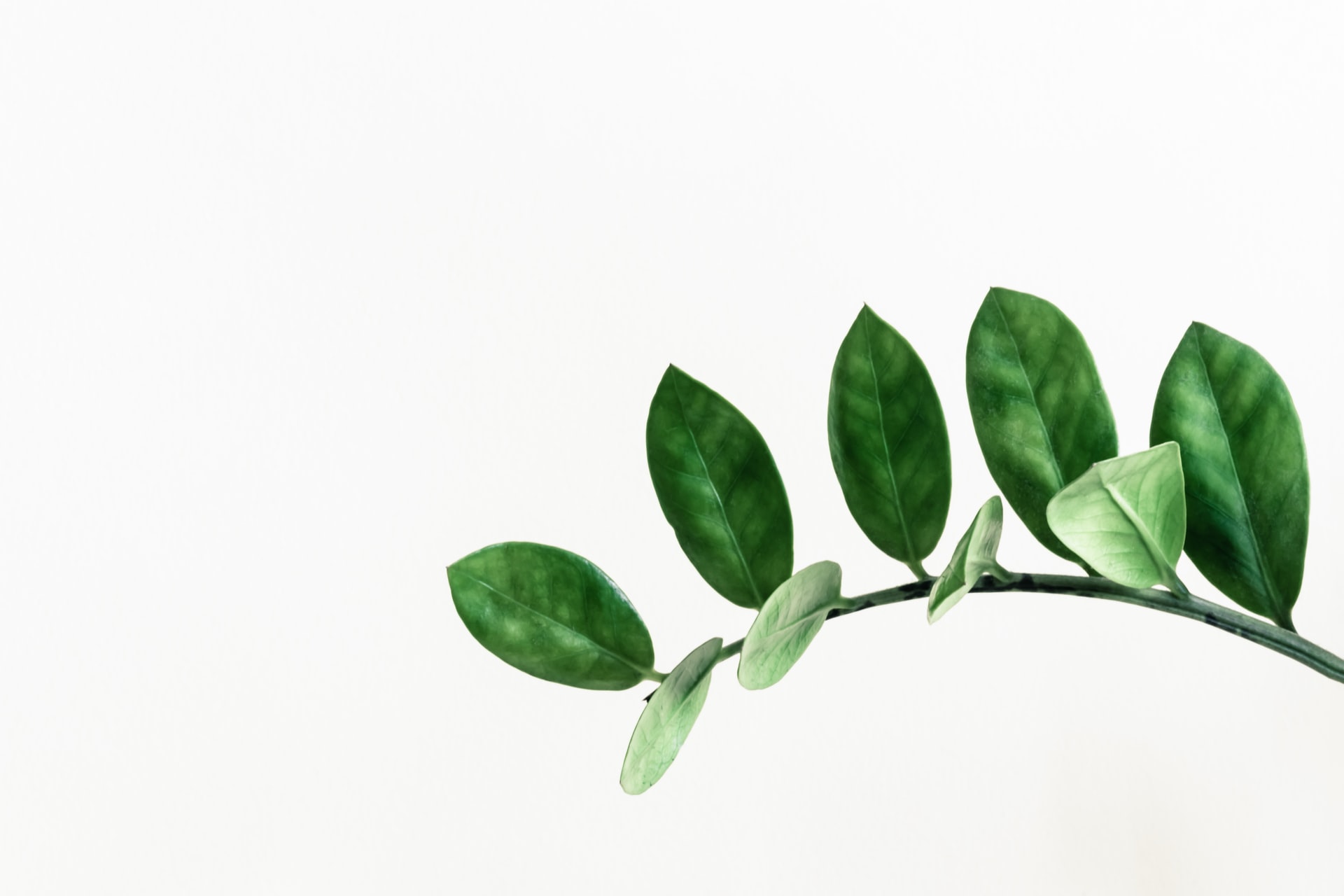One of the most well-known tropical indoor plants is the Bird of Paradise. It is simple to mistake the two plants for one another because of how similar they both look.
The Bird of Paradise, in contrast to most tropical plants, is simple to care for and a fantastic choice for novices who love tropical plants. This article will talk about how to choose the best fertilizer for your bird of paradise.
What Is Fertilizer
Rainwater, insects, and organic matter combine to form a compost that is rich in nutrients when a Bird of Paradise is grown outdoors. However, when growing indoors, plants can quickly exhaust the nutrients in their containers, surviving in a mixture that is deficient in the elements required for strong development.
As a result of their high nutrient requirements during the growing season, flowering plants may experience particular difficulties as a result. A little fertilizer can go a long way toward encouraging more growth.
Sometimes fertilizer is referred to as “plant food,” but this is a slight misunderstanding. Through the process of photosynthesis, plants make their own food. As a result, consider fertilizer more like a vitamin for your plant, providing it with the macro- and micro-nutrients it requires to thrive, as opposed to “food.”
What To Feed Bird Of Paradise Plants
Any bird of paradise plant will benefit from a 2 to 3 inch (5 to 8 cm) deep planting in your garden.) layer of mulch. Utilize organic materials like wood chips, bark, leaves, and pine needles. Just make sure to maintain a 2 to 3 inch (5 to 8 cm) mulch-free zone.) from your plants. The mulch will drain better if some sand or gravel is added to it.
Plants that grow birds of paradise typically eat a lot. They favor fertilizers that are balanced (1:1:1) and contain equal amounts of nitrogen, phosphorus, and potassium. This balance can be achieved naturally, and steer manure makes an excellent bird of paradise fertilizer.
What Kind Of Fertilizer Works Best For Birds Of Paradise
Some fertilizers are designed specifically for particular plants, providing the precise nutrient and pH balance that this species requires for growth. However, fertilizer can support your plant’s nutritional requirements without specifically mentioning Bird of Paradise on its label. In fact, you can use the same fertilizer on the majority of your indoor plants.
Not the image on the bag or the brand name, but the ingredients in the fertilizer formula, should be your primary criteria when choosing a fertilizer. So let’s start talking about nutrient composition right away.
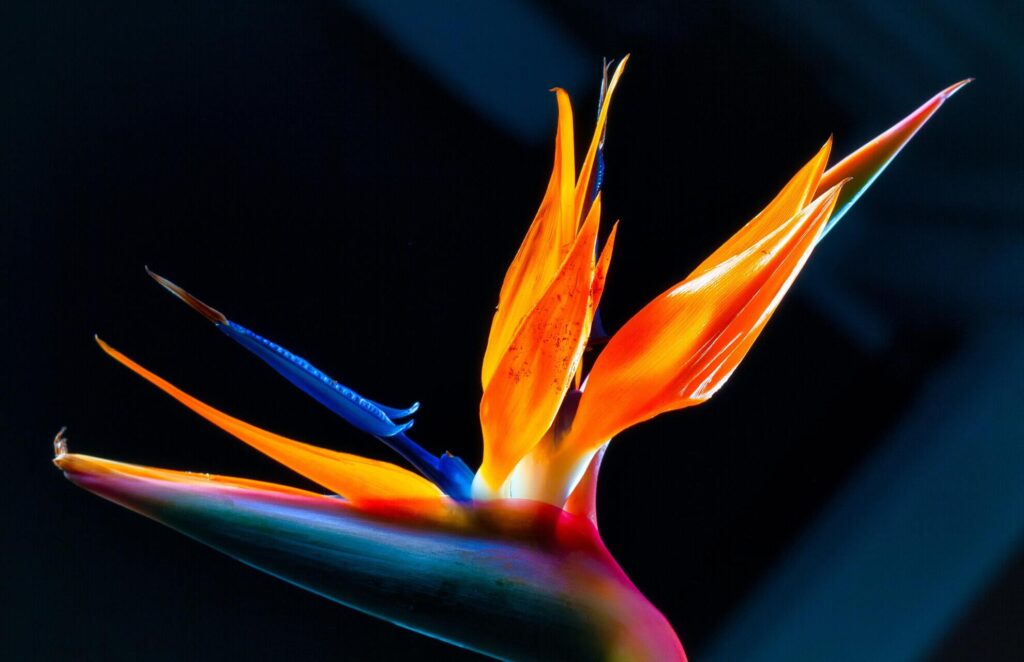
How To Choose Bird Of Paradise Fertilizer
If your soil is nutrient-rich, choose the balanced option; if it is nutrient-depleted, choose the other. A simple soil pH test kit will uncover any deficiencies.
Granular VS Liquid
Fertilizers are typically sold as granules, liquid, or spikes and can be made from either organic or synthetic compounds. Here is more information on how to differentiate between them.
Liquid Concentrate
Either a ready-to-use formula that can be applied straight from the container or a concentrated formula that needs to be diluted with water is available for purchase in the form of liquid fertilizers.
The quickest way to introduce nutrients to the soil and allow them to reach your plants is with this method of fertilizing. It begins to evenly distribute nutrients into the soil as soon as you apply it, making them available for roots to absorb.
In order to allow the fertilizer to penetrate the foliage and be absorbed by the leaves and stems, liquid feeds can also be applied as foliar sprays.
Overfertilization, which is defined as using too much or applying too frequently, is a potential drawback of using liquid concentrates. Root or leaf burn could result in either situation, so always read the manufacturer’s instructions before using.
Granular
Granular fertilizers provide your plants with a slow-release, steady flow of nutrients over an extended period of time, ranging from two weeks to three months.
To use, sprinkle the substance over the soil around the plants, then water it in. In order for the compounds in the granules to be released into the soil and absorbed by the roots, water must be added as part of the fertilization process.
Granules can be applied manually or, for larger areas, mechanically with a spreader. The measuring and mess associated with this fertilizing technique could be a drawback.
Fertilizer Spikes
Modern, clean, and effective substitutes for both liquid and granular fertilizers are fertilizer spikes. Spikes offer an ideal compact combination of nutrients and eliminate any measuring guesswork because they are pre-measured.
You only need to push or hammer the appropriate number of spikes into the soil around your plants to start fertilizing for up to three months.
Depending on how large your plants are, spikes may end up being more expensive than other types of fertilizing. For more mature plantings, you frequently need more than one spike per plant.
When And How Often Should I Fertilize My Bird Of Paradise
Potted plants can’t process extra liquid and nutrients as effectively as people can, and they are less able to adapt to environmental changes than people. Therefore, too much water, light, or fertilizer can cause an imbalance and harm your Bird of Paradise’s health.
It is advisable to use fertilizer sparingly and only when necessary because of this. During the growing season, fertilizing is not necessary more than once per month.
Furthermore, because your Bird of Paradise is not using much energy to support new growth during winter dormancy, it is usually advisable to completely avoid fertilizing.
To avoid fertilizer getting on your plant’s leaves and stems, always dilute your fertilizer to half its original strength. As we’ve already seen, some of the nutrients and minerals in fertilizer can be detrimental to your plant if used excessively or applied somewhere other than the roots.
If bad fertilizing practices aren’t corrected, this damage may take a long time to recover and may even become severe.
In order to avoid using fertilizer, some gardeners turn to compost. These all-natural methods can even be more cost-effective for you while being safer for both humans and plants.
Final Thoughts
For novice gardeners, in particular, fertilizing and composting may seem like next-level plant care. However, the benefits of these supplemental efforts, which support strong plants and lovely blooms, can be very profitable.
You should only add fertilizer after your plant’s health has stabilized. Fertilizing shouldn’t be done if a plant is dormant or in shock from a recent transplant because it can make it sicker.

